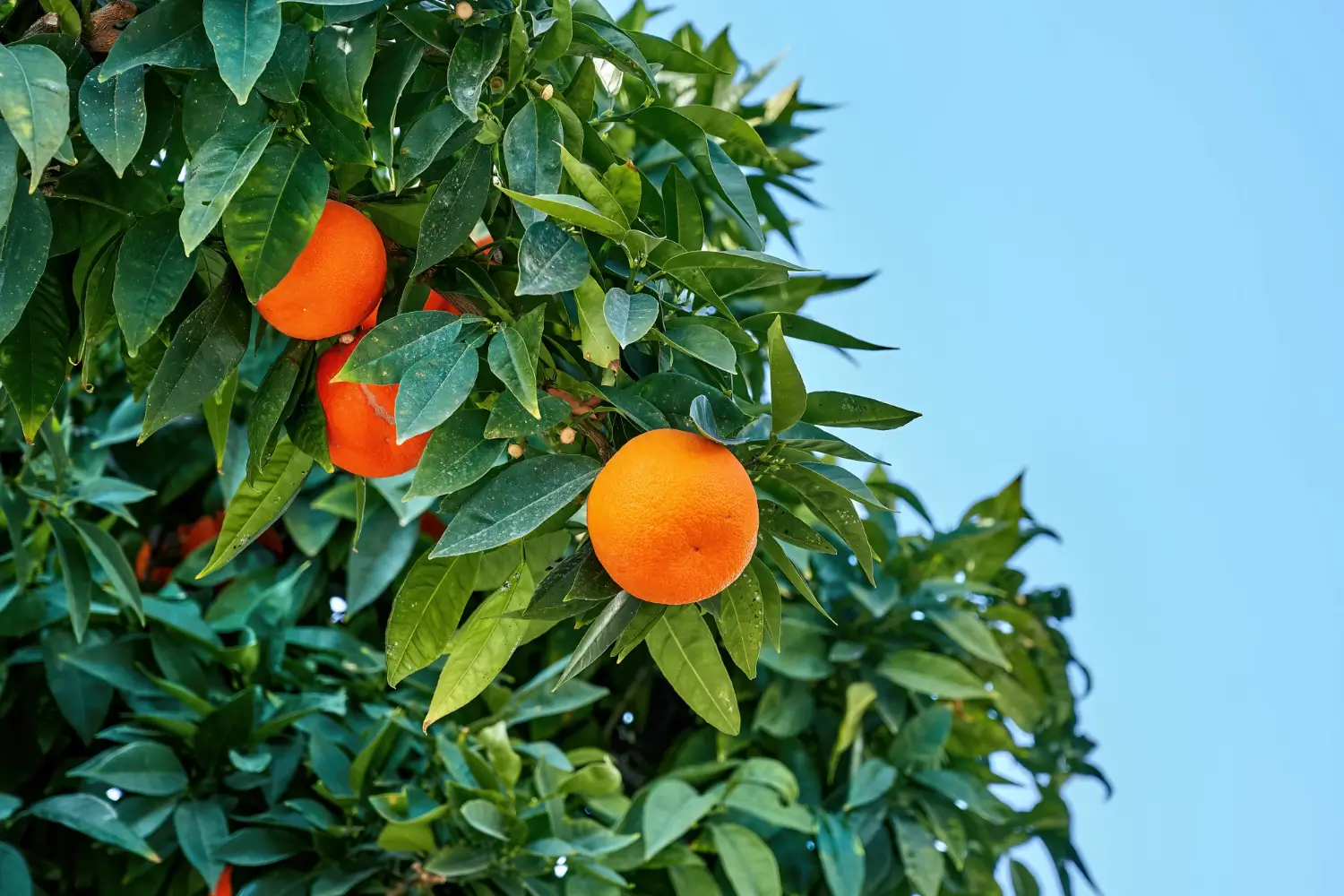
Soil Health & Fertilization
We unite suppliers and green industry professionals worldwide
The Sargent Crabapple (Malus sargentii) may be a small tree, but it definitely knows how to make an entrance. Covered in a profusion of white blossoms every spring, this small ornamental tree gets high praise from bees, birds and gardeners alike.
By Mariam Scott
|Published on June 19, 2025


“What if in spring, the tiniest tree in your garden became the boldest?”
The Sargent Crabapple (Malus sargentii) may be a small tree, but it definitely knows how to make an entrance. Covered in a profusion of white blossoms every spring, this small ornamental tree gets high praise from bees, birds and gardeners alike. It’s ideal for smaller spaces, urban gardens, and even bonsai training.
Originating in Japan and introduced to the United States in the late nineteenth century, Sargent Crabapple is still a favorite among gardeners everywhere for its unbelievable spring displays, great disease resistance, and a dense, spreading form. In autumn, small red fruits appear, feeding wildlife and adding even more seasonal interest.
| Common Name | Sargent Crabapple |
| Botanical Name | Malus sargentii |
| Type | Deciduous ornamental tree |
| Height/Spread | 6 to 10 feet tall, 8 to 15 feet wide |
| Sunlight Requirements | Full sun |
| Soil Needs | Slightly acidic to neutral, well-drained |
| Watering Needs | Moderate; more when young |
| Bloom Period | Mid to late spring |
| Hardiness Zones | USDA 4–8 |

September 25, 2025
9 minute read
September 24, 2025
9 minute read
September 23, 2025
10 minute read
September 22, 2025
9 minute read


Join as a seller and connect with thousands of B2B buyers nationwide!
Sign Up

Hardy Kiwi
A Cold-Hardy Vine That Bears Sweet, Tangy Fruit in Your Own Backyard
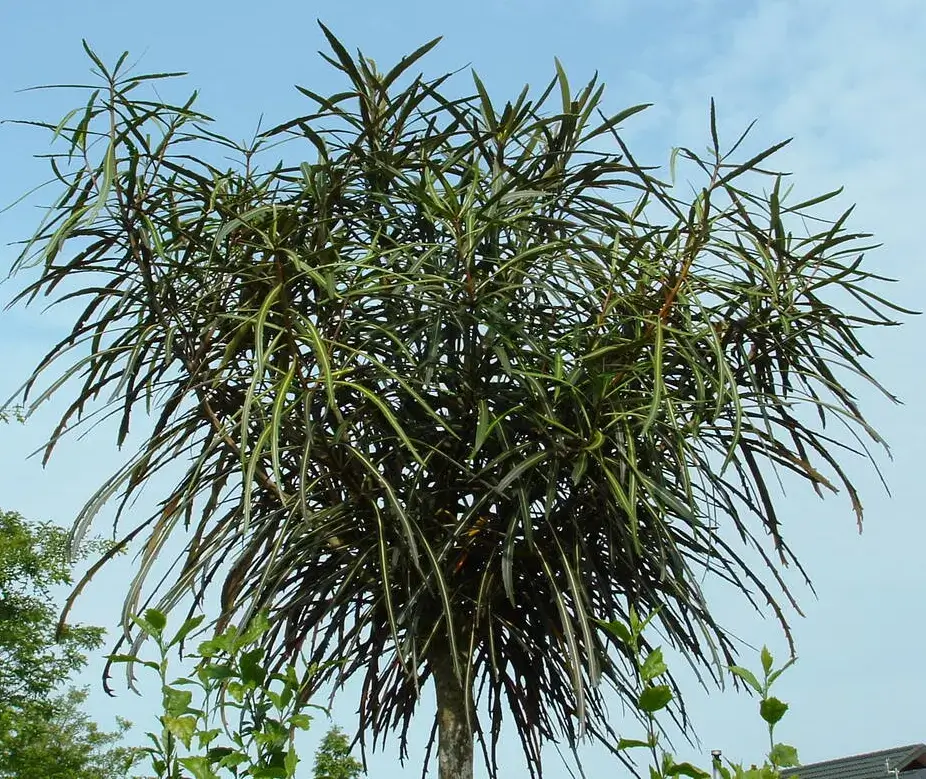
False Palm
False Palm is an exquisitely attractive plant with long, narrow or deeply cleft leaves that resembles a real palm but is very low maintenance. False Palm, though not a true palm — its leaves belong to other plant families — has the graceful, upright growt
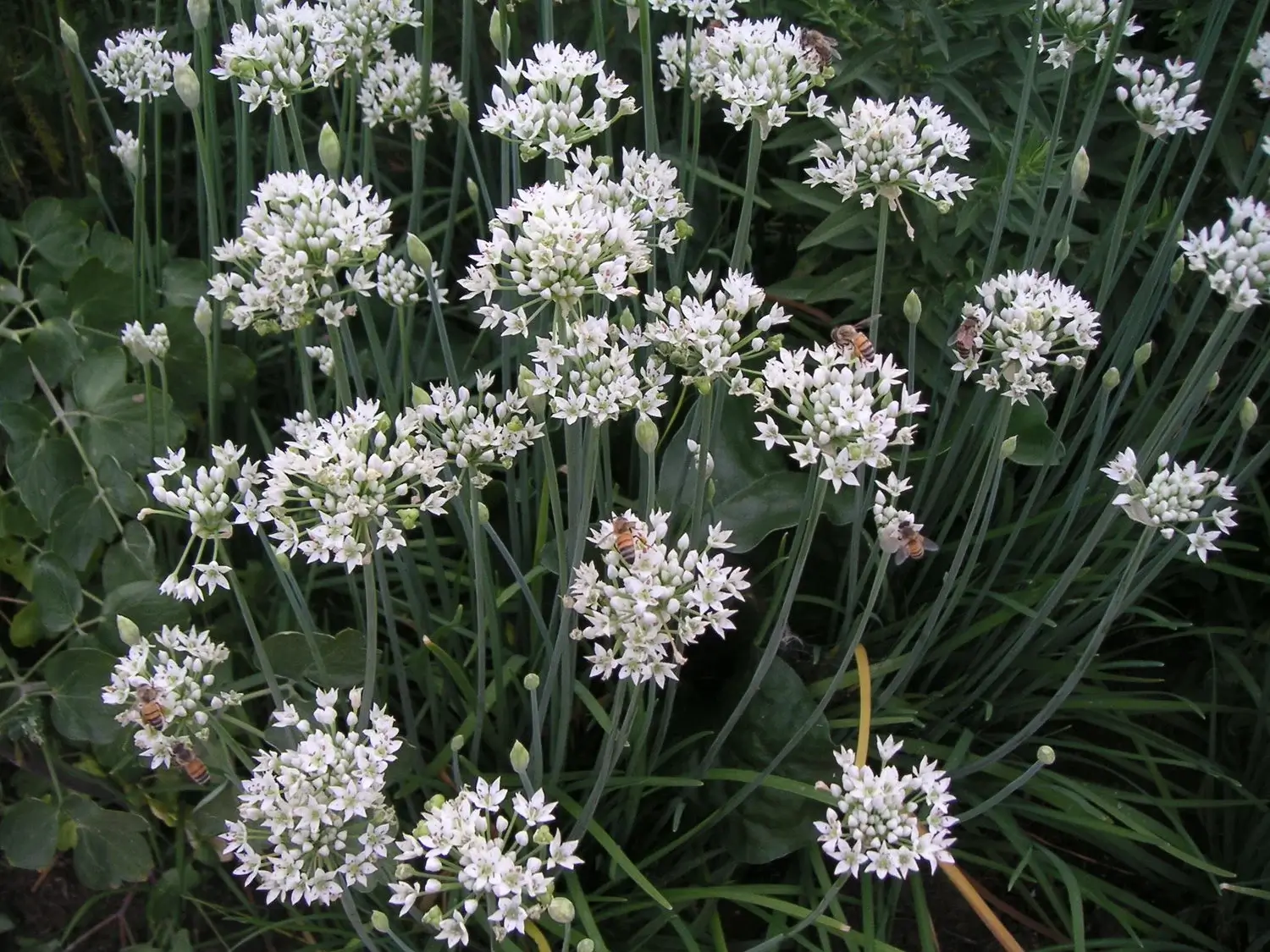
Garlic
Garlic has been grown for thousands of years, from giving culinary dishes a pungent, savory flavor to providing numerous medicinal qualities. Be it roasted, sautéed or ea

Impatiens
An Reliable Bloomer That Loves the Shadiest Spots in Your Garden
The Sargent Crabapple is a low-maintenance, slow-growing tree that suits compact spaces without sacrificing ornamental value. Its horizontal branching gives it a broad, sculptural shape, and its spring blossoms give way to small fruits that persist into winter.
It’s relatively pest-resistant and disease-tolerant, a good choice for urban or residential landscapes. Once established, it doesn’t need much other than a little pruning in winter and watering during dry spells.
It likes full sun, which produces a full canopy of flowers in spring and healthy fruit in summer. Direct sunlight for at least 6 hours is preferred. In too much shade, it can become leggy and bloom less.
Sargent Crabapple prefers well-drained soils, with a pH of 6.0 to 7.0. It adapts well to most types of soil, but generally, it’s not recommended planting in heavy, compacted clays. Adding compost at planting time helps improve texture and nutrient levels.
During their first year, new trees will require a consistent level of moisture. When established, they’re moderately drought-tolerant but do best with regular watering when dry weather hits. Water deeply, allowing the soil to dry slightly between watering. Avoid overwatering, especially in poorly draining soil.
This Crabapple needs only minimal pruning to look its best. Late winter or early spring:
Because of its spreading habit, prune only as needed to manage size or prevent crowding.
It is possible to propagate Sargent Crabapple, but it may take some patience and care. It’s commonly performed by professionals employing grafting techniques to ensure quality consistency, but home gardeners can try the following:
Propagation takes time, and grafting is generally the most effective method if you want a true-to-type tree.
While naturally spreading, young Sargent Crabapples can be grown in large containers for patios or small gardens.
Sargent Crabapple is hardy in USDA zones 4–8, requiring little extra winter attention when planted in the ground.
Avoid winter pruning, which may encourage new growth too early.
In spring, pink buds open into clouds of fragrant white flowers, often completely covering the branches. The show runs for about two weeks, depending on the weather.
After they bloom, the tree produces tiny, red crabapples that persist through fall and winter, providing food for birds and visual interest.
Sargent Crabapple is resistant to common apple diseases, but here’s what to be on the lookout for:
Sargent Crabapple shows that even a small tree can make an impact. Its small stature, spring blooms, and wildlife-friendly fruit provide year-round beauty with little effort. Whether you are filling a small yard, training a bonsai or simply wanting spring color, this Crabapple earns its place in any thoughtful garden.
It’s a slow grower, usually growing 6–12 inches per year.
Technically, they’re edible, though extremely tart— more appropriate for wildlife than humans.
Yes! Its compact size and horizontal branching make it ideal for urban gardens or courtyards.
Yes, it’s deciduous, dropping its leaves in autumn after a brief show of yellow leaves.

Soil Health & Fertilization
Victor Miller
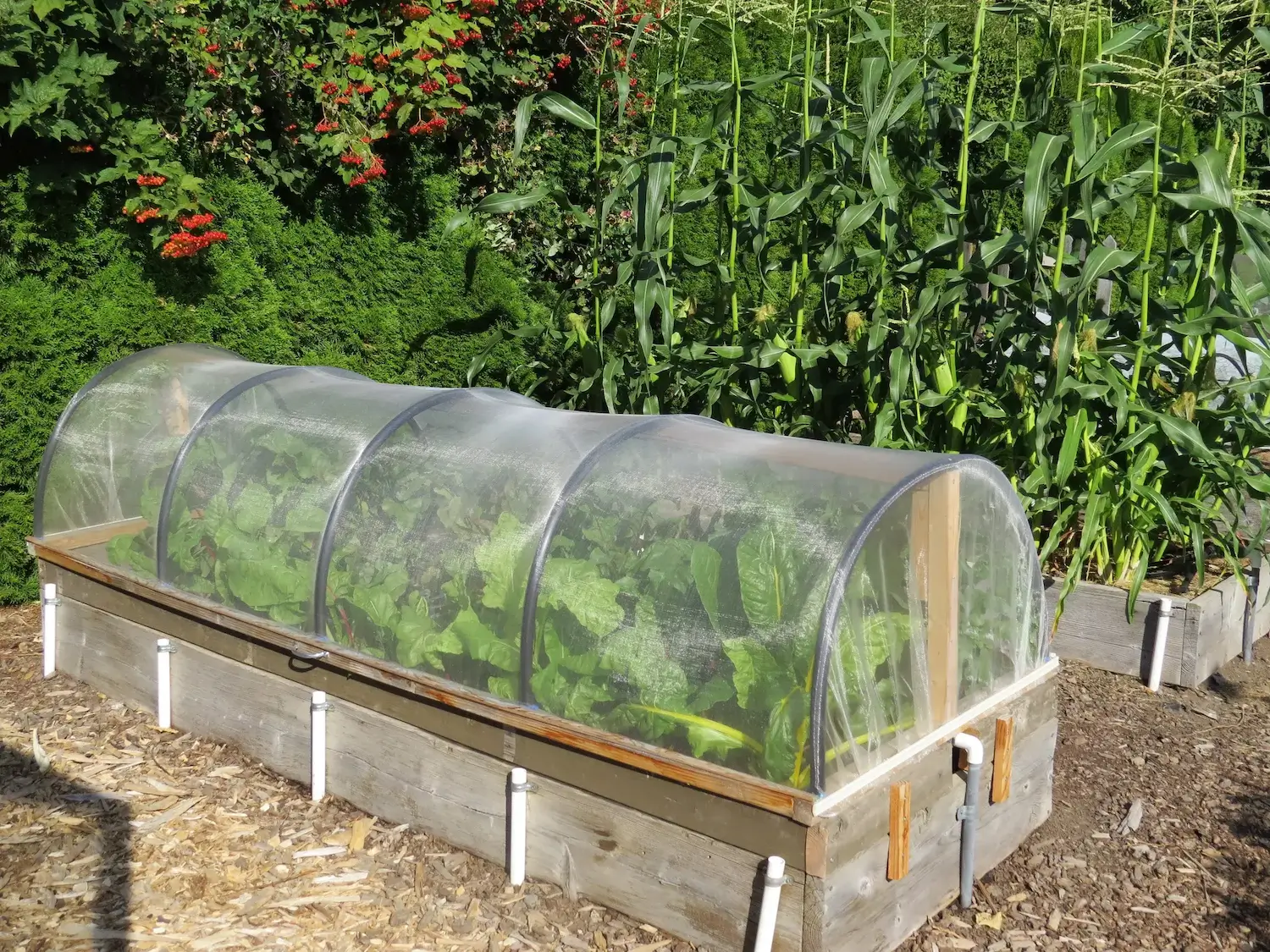
Pest Identification & Prevention
Victor Miller
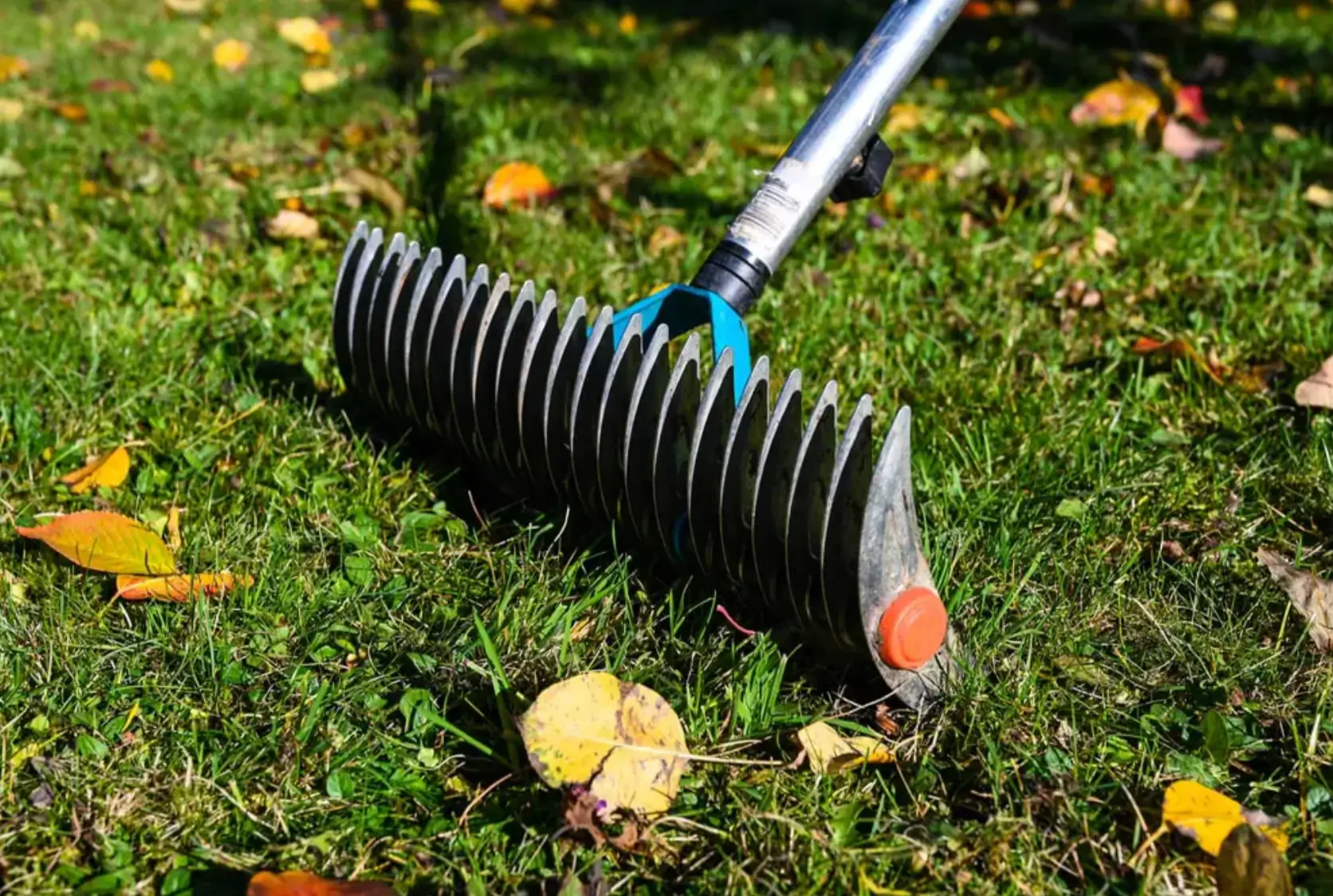
Lawn Care Tips & Maintenance
Victor Miller
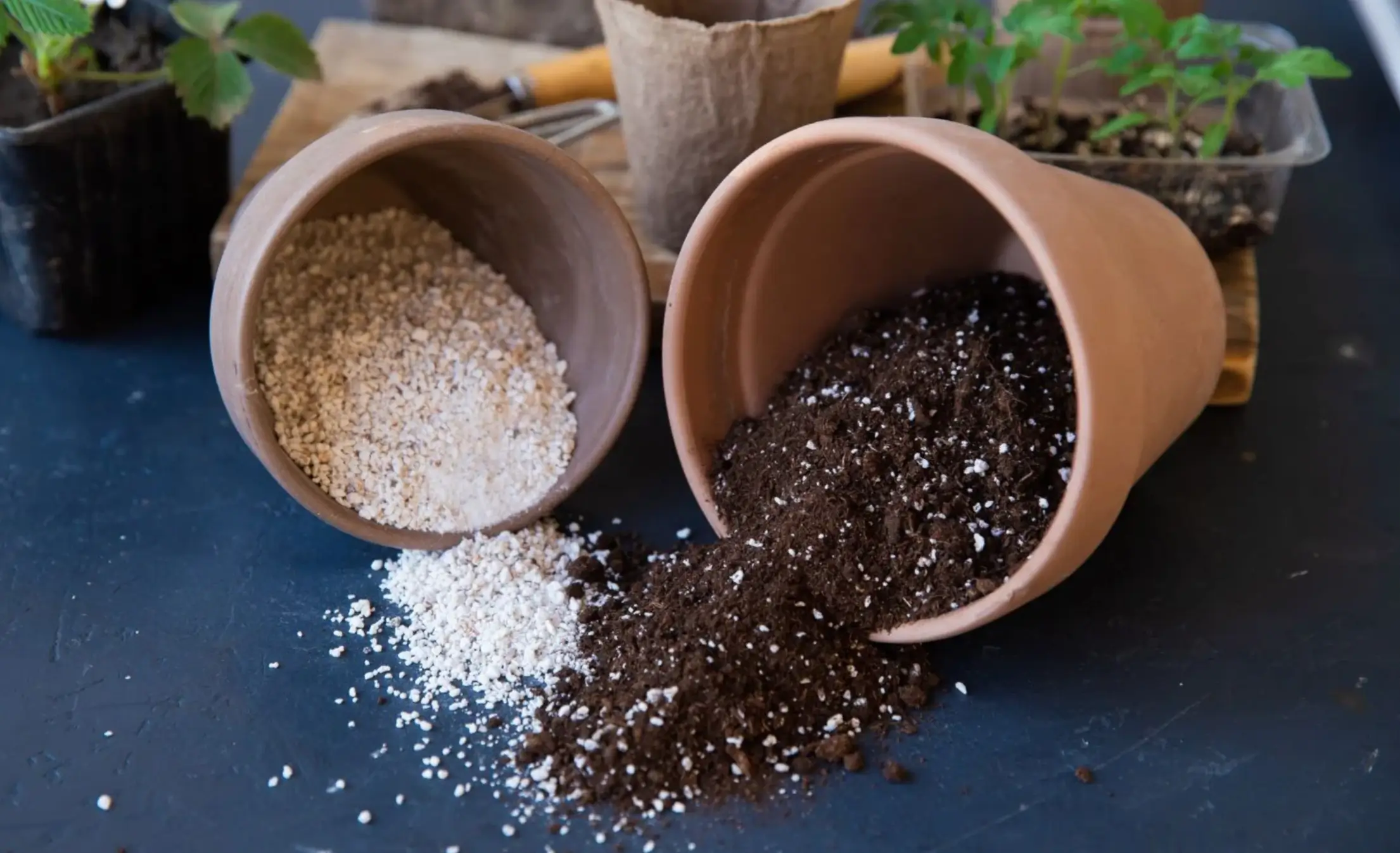
Soil Health & Fertilization
Victor Miller
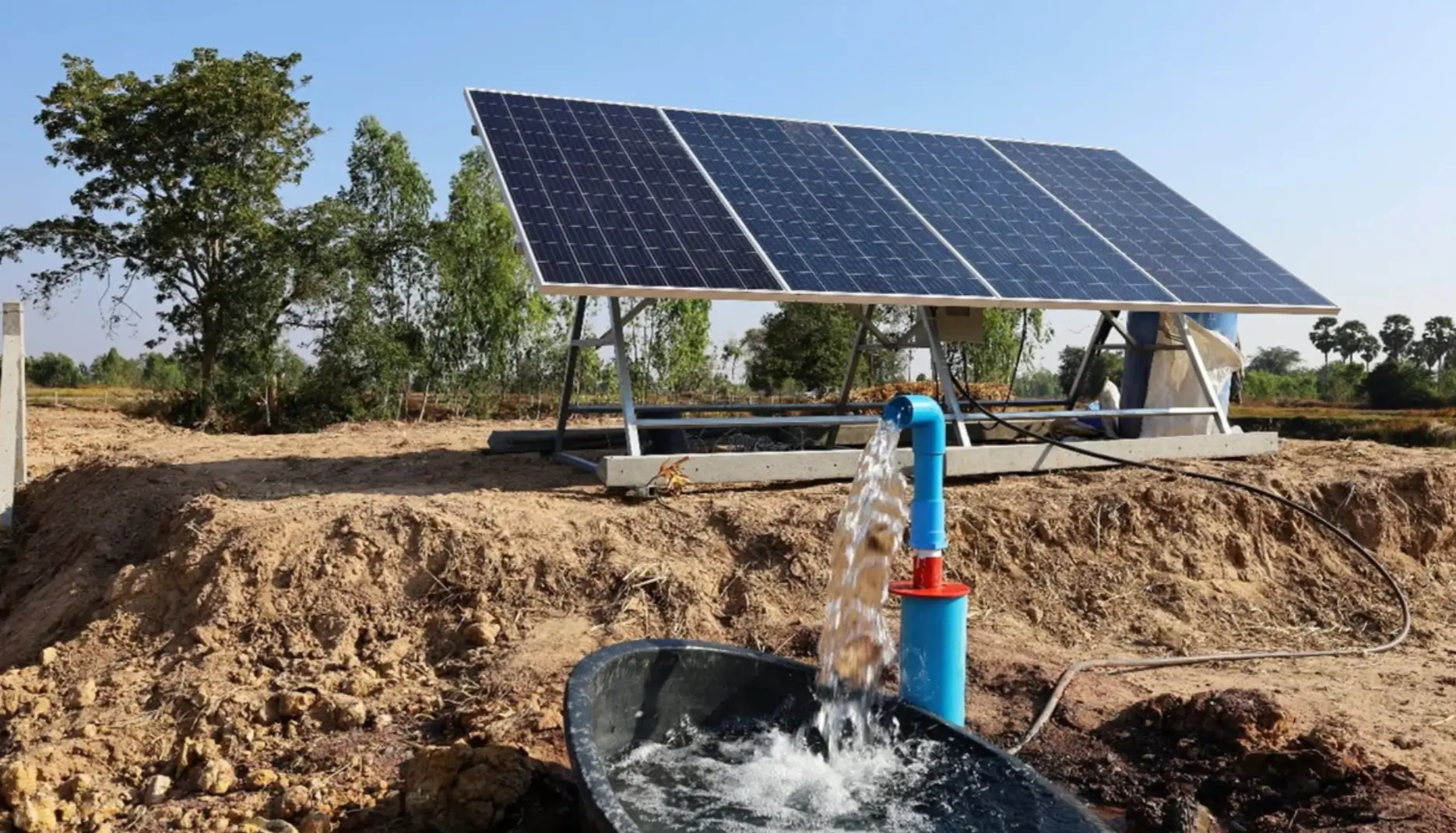
Smart Irrigation Systems
Victor Miller
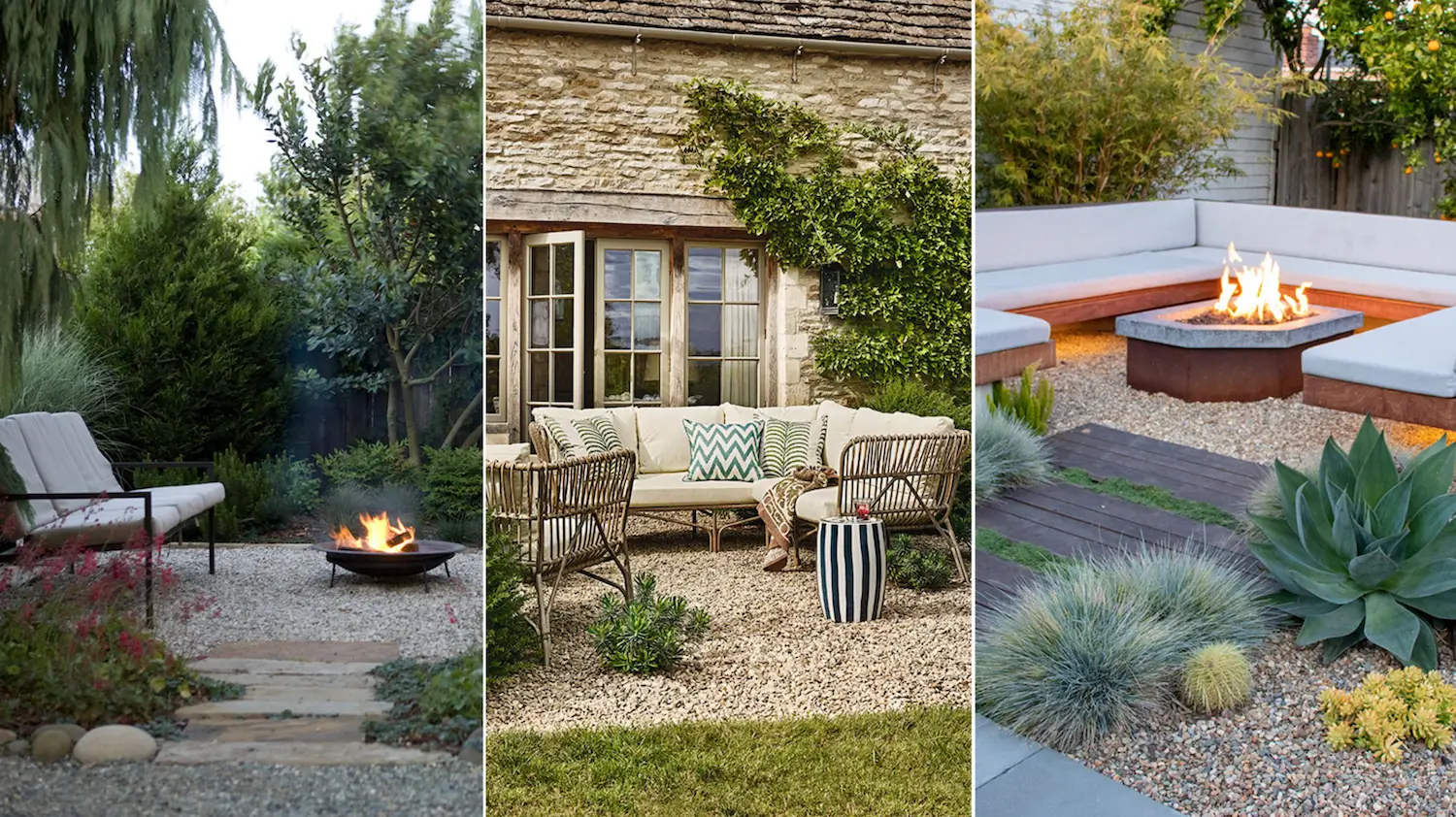
Patios, Walkways & Driveways
Victor Miller
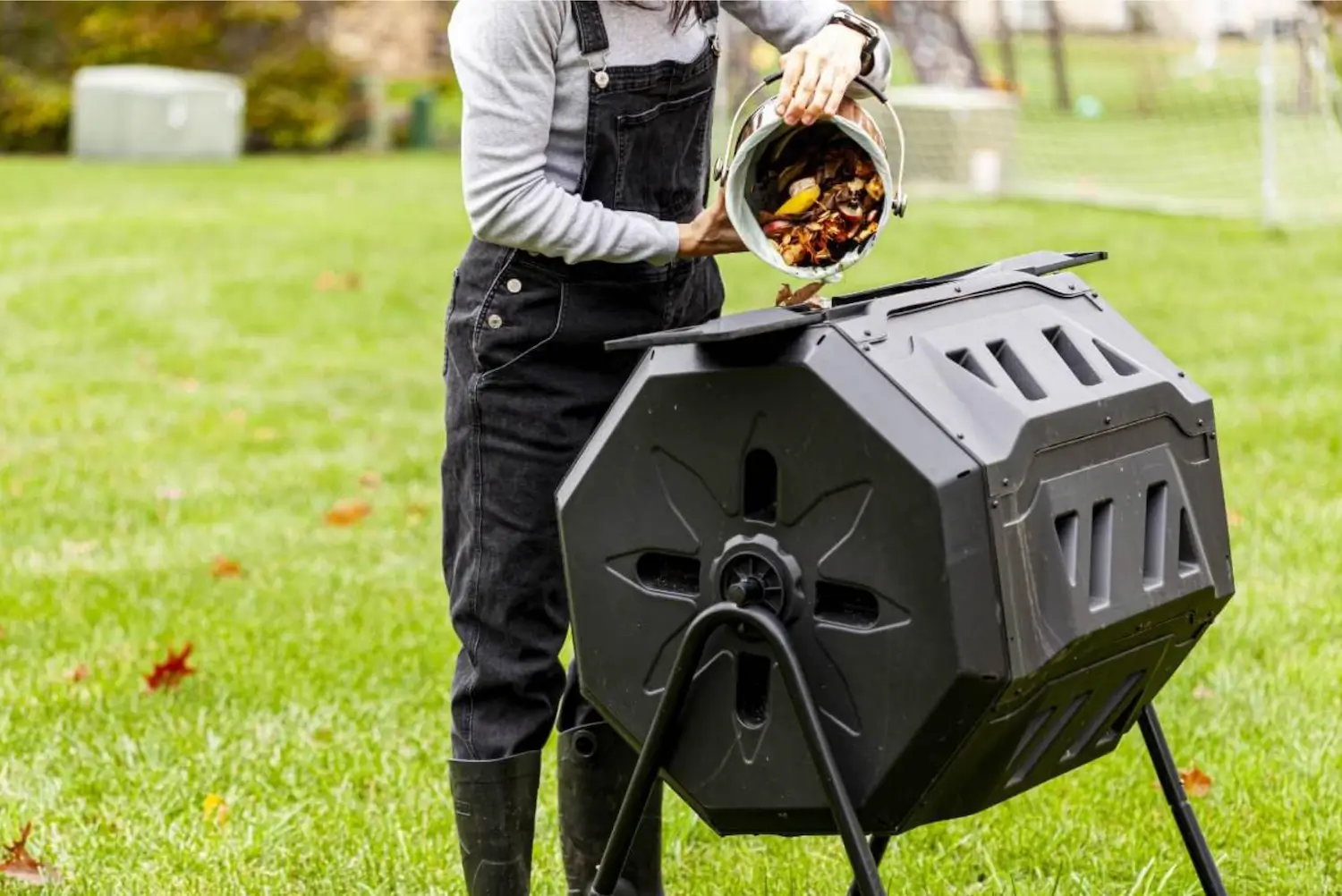
Soil Health & Fertilization
Victor Miller
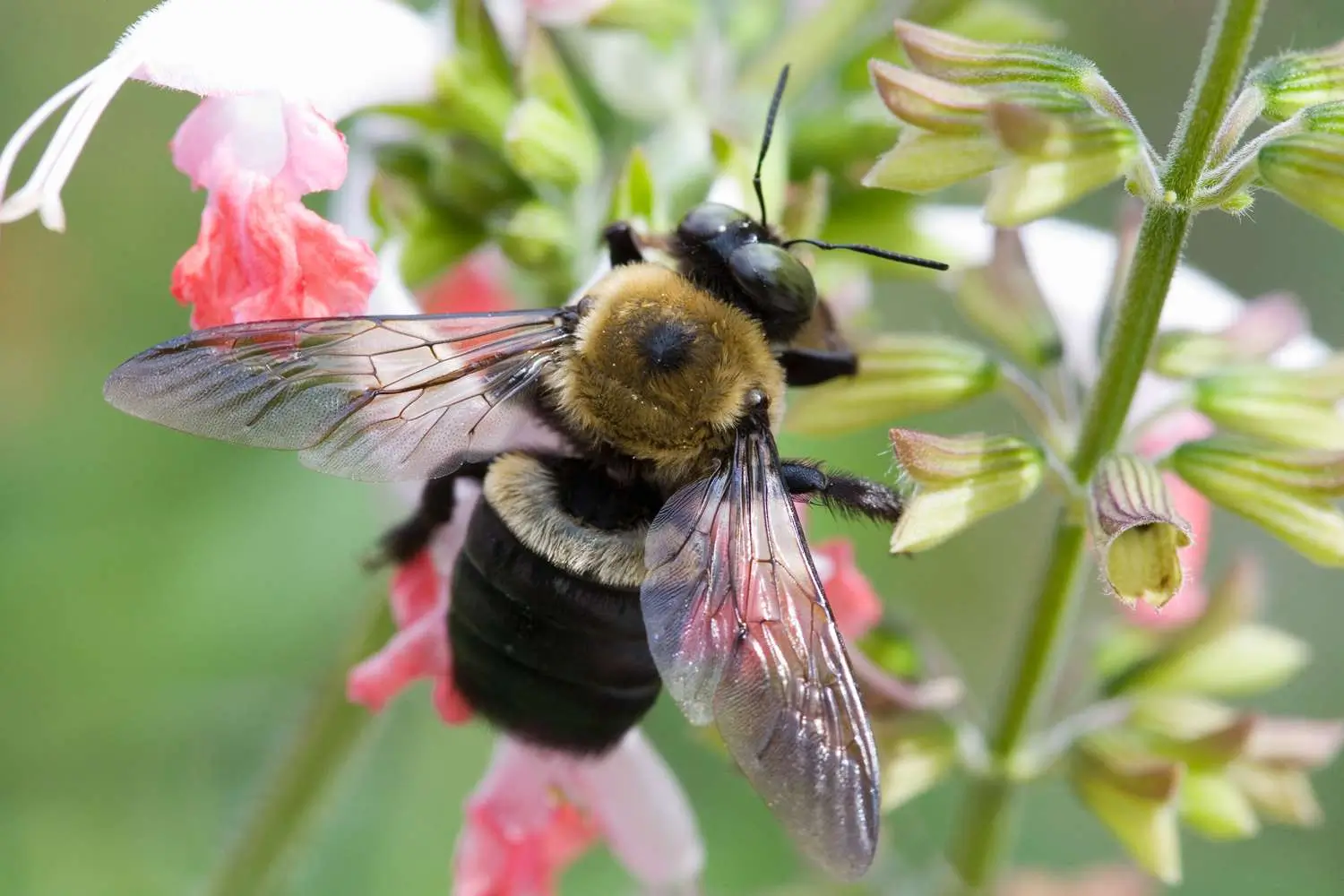
Pest Identification & Prevention
Victor Miller
My Account
Our team is always here to help.
We are open Monday - Friday, 9:00 AM to 4:30 PM PST.